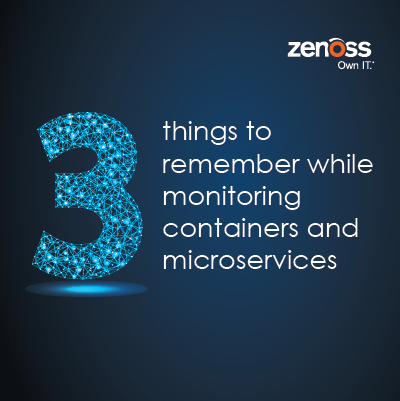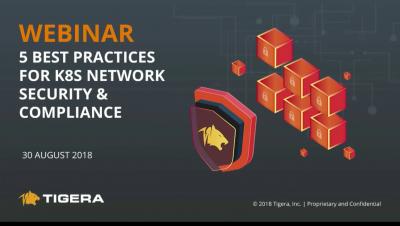Operations | Monitoring | ITSM | DevOps | Cloud
%term
Atlassian to Acquire OpsGenie to Help IT Teams Manage Service Disruptions
SAN FRANCISCO--(BUSINESS WIRE)-- Atlassian Corporation Plc (NASDAQ: TEAM), a leading provider of team collaboration and productivity software, today announced it has entered into a definitive agreement to acquire OpsGenie, Inc., whose technology enables companies to better plan for and respond to IT service disruptions.
Jira Ops + OpsGenie: powerful incident management
Software has become part of our daily lives – from sending money using your phone to signing contracts with a click. But all this progress comes with a downside – specifically, downtime. When a popular online service goes down, it disrupts millions of people and costs businesses $700 billion per year in North America alone. Responding to service disruptions has become one of the biggest challenges facing IT organizations today.
What's new in our cloud products
Greetings from Atlassian Summit, happening right now in beautiful Barcelona. We have more than 1,500 customers, partners, experts, and staff assembled to talk about our product updates, share best practices and tips, and be inspired by all the amazing things people are doing with the Atlassian suite. Speaking of amazing, did you know someone recently used Jira to plan their wedding?
Preparing for the Elastic Certified Engineer Exam - Get Elasticsearch Certified
Live Tailing Parsed Logs in Logz.io
Last year we introduced Live Tail — the ability to see a live feed of all the logs in your system, in real time, within Kibana. This ability to see a live stream of logs as they are being outputted from the different processes in a monitored environment was a greatly requested feature, and since being introduced we have received some excellent feedback from users that has allowed us to improve the basic functionality of Live Tail.
3 Things to Know While Monitoring Containers and Microservices
The science behind APM - how it works
Monitoring has typically been the remit of small, specialised IT Operations teams but the tools they’ve been given are rarely fit for purpose in today’s demanding environments.
Top 5 Best Practices in Kubernetes Network Security & Compliance
How Top Investment Banks Accelerate Transaction Time and Avoid Performance Bottlenecks
Here’s how AppDynamics enabled a large investment bank to improve system performance, track trades in real time, search for trade IDs to quickly find the root cause of issues, and proactively manage SLAs.











